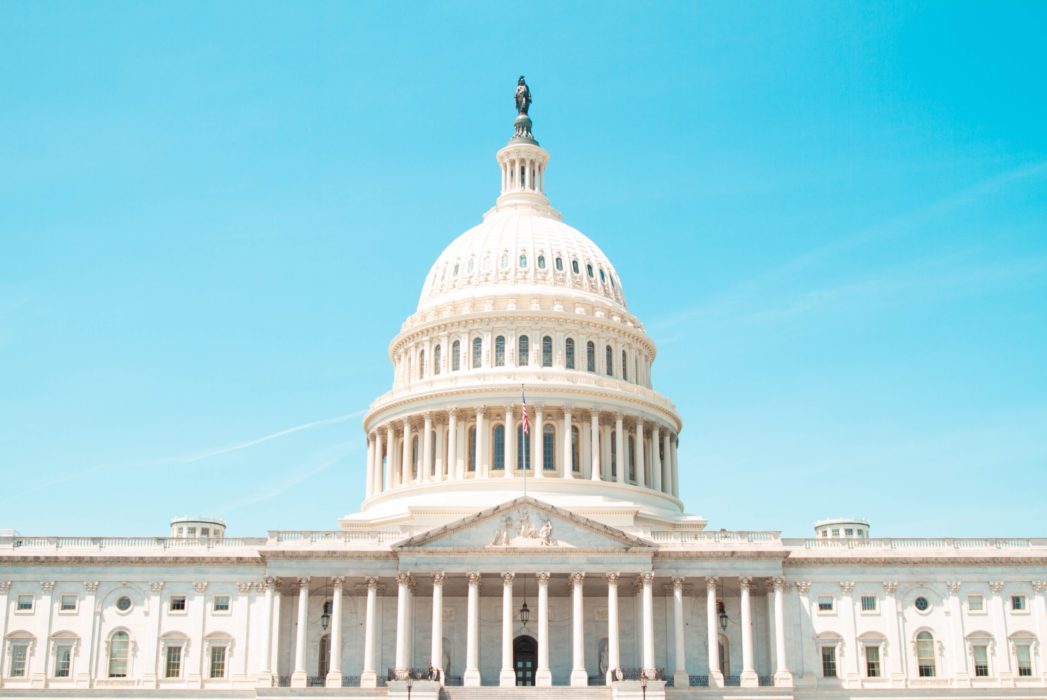
The Legislature hastily approved measures Wednesday morning designed to plug a $2.2 billion hole in the state’s current year budget with mostly federal money, $350 million from the Rainy Day Fund, fund shifts and $483 million in hard cuts.
The House and Senate Appropriations committees signed off on a budget-cutting executive order Wednesday morning. The Senate just passed, 36-1, legislation that day to make the necessary moves and the House voted unanimously to do the same.
Once Gov. Gretchen Whitmer gives HB 5265 and SB 0373 her John Hancock, the focus can turn to a bigger problem — next month’s Consensus Revenue Estimating Conference, hope for more federal money and a $3.1 billion hole in next year’s budget.
But Wednesday, the deal was universally heralded by Budget Director Chris Kolb, Republican legislative leadership and the Democratic legislative minority as a bipartisan agreement hammered out over long hours of negotiation.
“This agreement didn’t happen overnight and wasn’t dominated by one party,” Kolb said.
“There were some tense times where we had our disagreements, but we found a way to come together to find a solution,” said Senate Appropriations Committee Chair Jim Stamas (R-Midland).
“It hasn’t been a simple process. There have been countless hours put into this . . . but we have been able to come together and put this plan on this table,” said House Appropriations Committee Chair Shane Hernandez (R-Port Huron).
The Senate’s ranking Appropriations Democrat, Curtis Hertel Jr. (D-East Lansing) called the bipartisan work done “unprecedented” given the situation facing the state with COVID-19 and the fiscal fallout from shutting down the economy to reduce its spread.
“This is true leadership,” he said. “By far, this is the best-case scenario.”
The deal doesn’t include any massive state employee layoffs or wholesale program eliminations. Individual departments took a scalpel instead of an axe to their budgets to trim what costs they could with only about 10 weeks left in the fiscal year.
Between the Executive Order, two bills and other technical measures, state officials will use $1 billion from the more than $3 billion in federal coronavirus relief money it received.
Once the $880 million supplemental from late June and other moves are all thrown into the soup, Michigan has $97 million in emergency federal money left.
The projected hole for Fiscal Year (FY) 2021, which starts Oct. 1, is $3.1 billion.
“We really do need more aid so Michigan and the other 49 states can balance our budgets,” Kolb stated.
Some creativity was used with the federal coronavirus relief money since the state is not able to technically use it to plug holes in the budget. Michigan officials cut funding for schools, universities, State Police, colleges, local governments and the Department of Corrections and then use the federal money for, technically, new programming.
The heavy reliance of the federal money, especially when there isn’t any guarantee that Congress will give states any more later this month, spurred the only no vote for the agreement. It came from Sen. Jeff Irwin (D-Ann Arbor).
“I think it’s a mistake for us to burn up all our dry tinder, burn up all our reserve fuel when we don’t know what Congress is going to do . . . We should be taking seriously the need in state government to make these tough choices,” said Irwin, referring to revenue increases and additional expense reductions.
Sen. Sylvia Santana (D-Detroit) passed on a vote on the measures.
The roughly $1.3 billion in federal money used to balance the current $2.2 billion hole breaks down like this:
- $475 million in Department of Corrections programming and Michigan State Police post cuts that are being replaced one-for-one
- $256 million to replace the $175 per-pupil cut to K-12 schools. Schools are getting $350 per pupil from the federal money for a total of $512 million, so they are making out with an additional $256 million
- $164 million cut to state universities (an 11% cut) is being made up one-for-one
- $150 million in additional Medicaid match. While this is coronavirus relief money, it’s still money coming from Washington
- $125 million in other assorted General Fund reductions in which coronavirus relief money is being used
- $97 million cut to revenue sharing to cities is being made up one-for-one
- $36 million cut to community colleges (an 11% cut) is being made up at 150%, meaning local governments will be receiving more
The Senate Fiscal Agency flagged $165 million that’s being moved around from restricted funds to the General Fund and $84 million in money that was set aside for work projects that hasn’t been used.
There’s $30 million in unspent Michigan Public School Employees Retirement System or MPSERS reserve money that could be used.
After draining about a third of the Rainy Day Fund, the state saved $35 million from the medical health plans and other savings, and ended up making around $483 million in hard cuts, which officials argue are still significant given how late in the year they were made.
The School Aid Fund was nicked $71 million. The temporary layoffs saved $27 million. The hiring freeze saved $21 million. Freezing discretionary spending saved $47 million. The Judiciary is being cut $3 million.
The rest of the cuts were spread across state government for such things as the Michigan Youth ChalleNGe Academy ($100,000), a deer habitat partnership initiative ($100,000), OK2Say ($600,000) and other programs.
About $13 million that would have gone to fixing the roads won’t be spent. Another $13 million for economic development with the transportation budget won’t be spent, either.